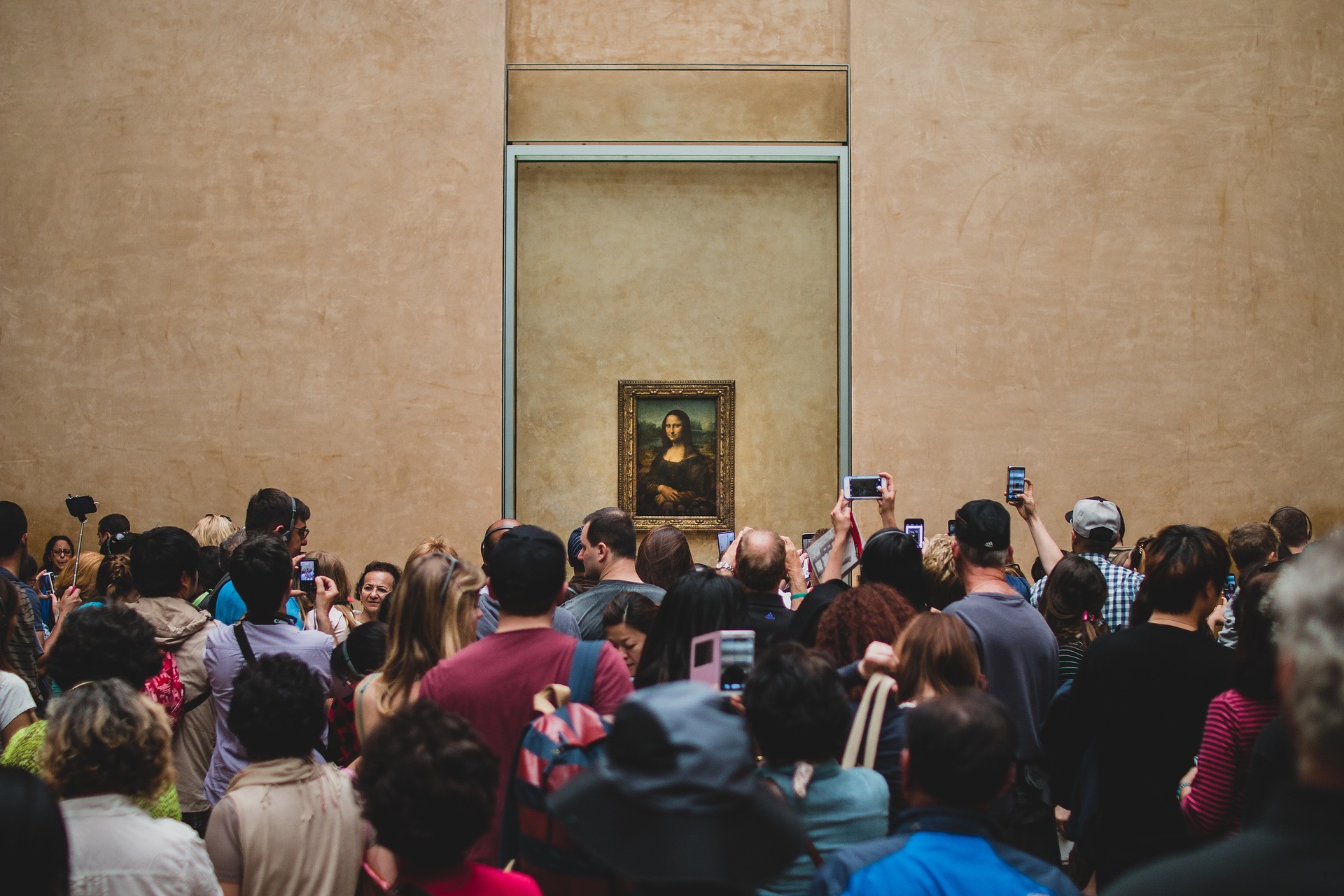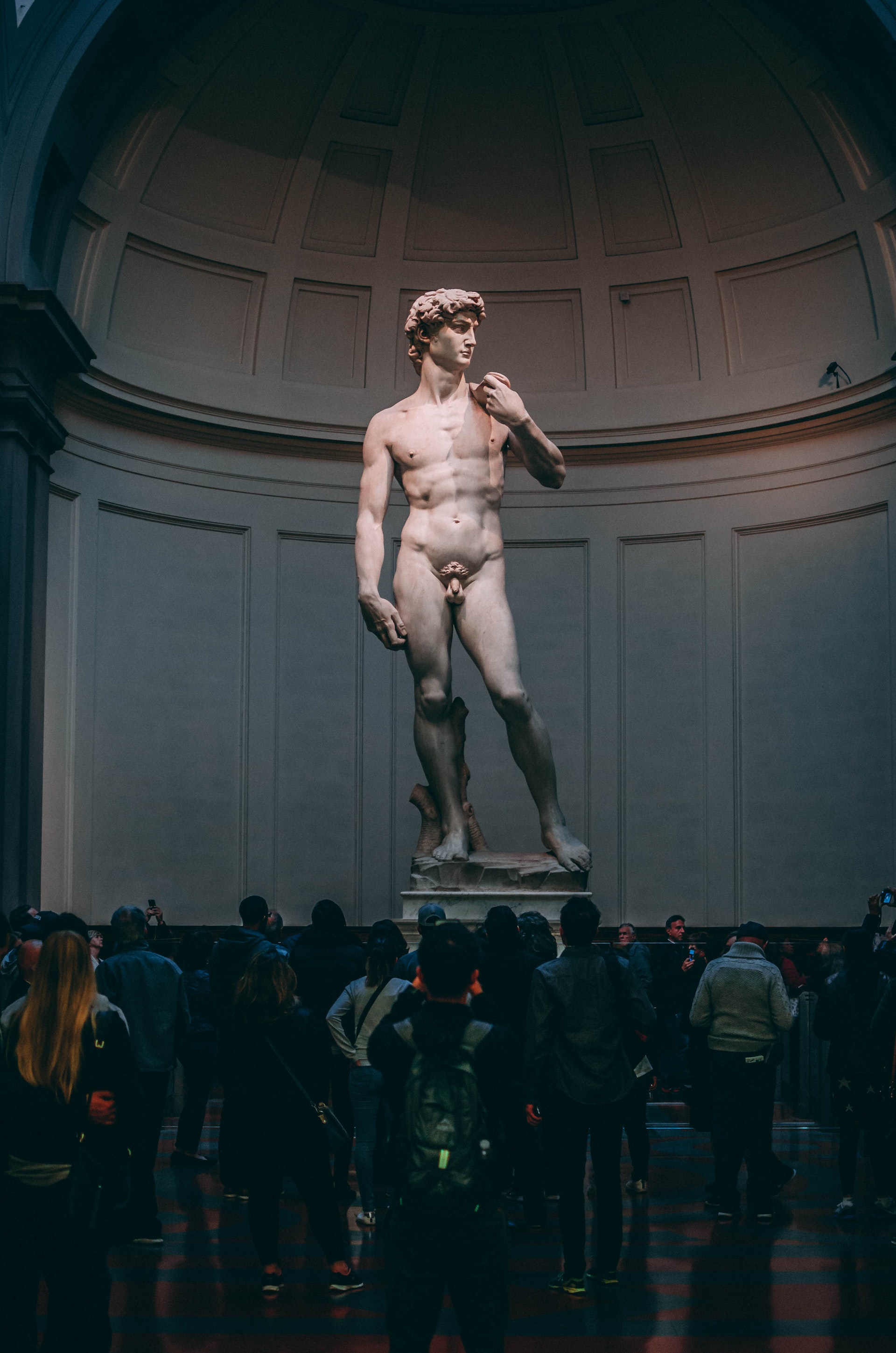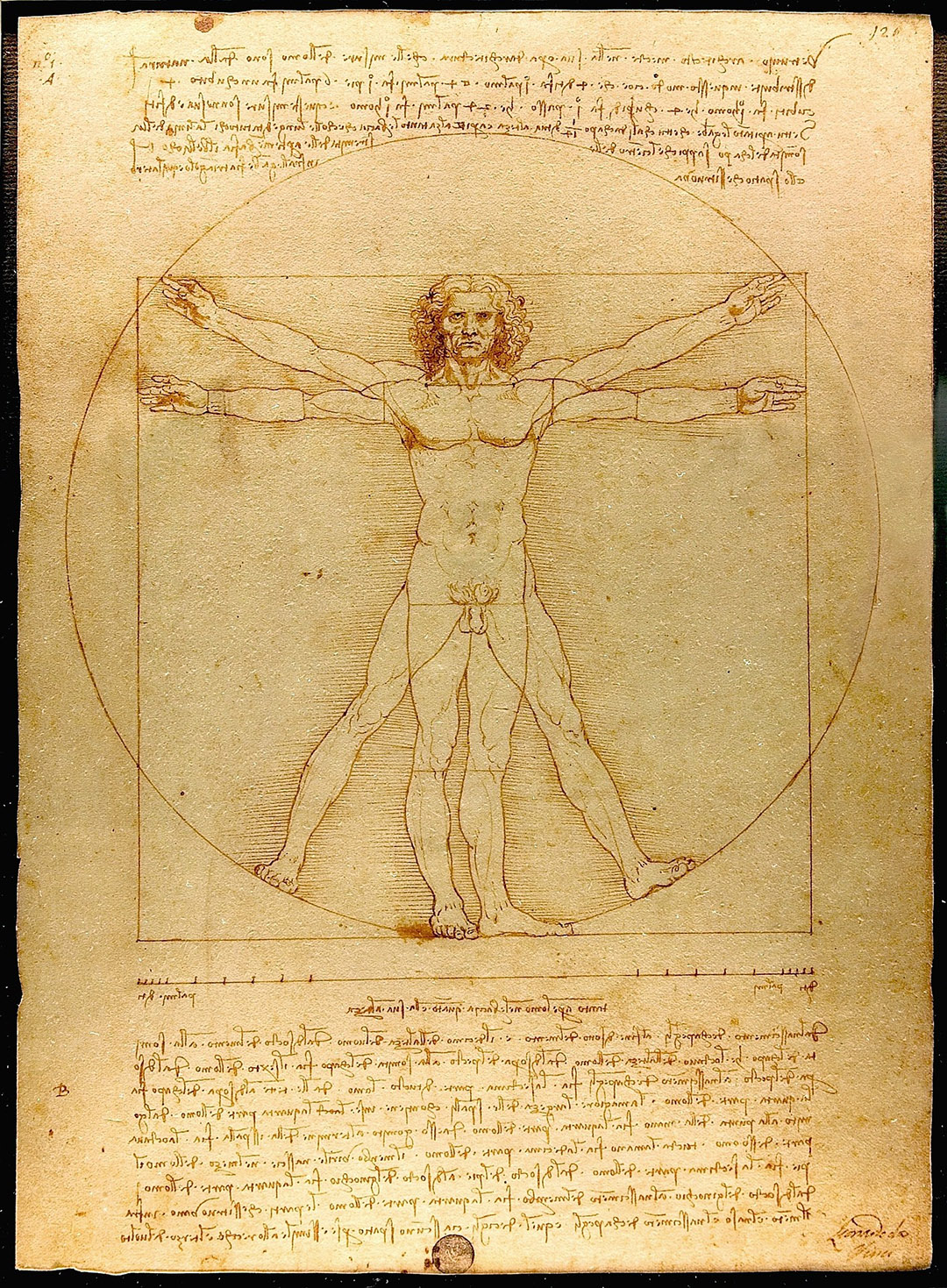 Menu
Menu
Main Menu
 Close
Close
Insights

When one thinks of office furniture, usually the last thing that comes to mind is artistic influence. After all, it’s easy to assume that every desk or workstation found in modern workplaces was churned out of the same factory with nothing but automated machines handling product design and delivery.
In a world where it seems like quantity over quality is slowly inching its way to the top, RJ Office prefers a different approach. To us, product design and artistic vision are meant to coexist side-by-side. Take away one piece and the entire puzzle falls apart.
In this article, we’ll go over our reasons for how artistic vision should influence product design and hopefully inspire you to begin viewing products with the same expectations.
Something as simple as an office chair might seem inconsequential in something as large as an office building, but it’s details like these that can shift the entire emotion a space produces.
The brain is far more sensitive to design choices than we give it credit for; after all, there’s a reason why minimalist approaches have become so popular, and why we instinctively feel overwhelmed and uncomfortable in spaces that are too cluttered, too bright or too chaotic.
This is where artistic vision comes into play.
Every great artist has one goal in mind: To evoke emotion in viewers. The same can be said for product design. Is the office furniture you’ve chosen for your business mismatched and off balanced? Chances are that your employees will subconsciously absorb those emotions.
On the other hand, have you decorated your space using products that are welcoming, calm and inspiring? If so, you should notice a measurable difference in how relaxed and productive your team feels.
This is why we make it a priority to understand how our products translate to emotion. By carefully choosing such items, you can craft virtually any atmosphere you desire.

David by Michelangelo, 1501-1504
Items like office desks and chairs are obviously made with specific purposes in mind: to be worked in.
The truth is that this answer only skims the surface of what a product’s purpose truly means. Where others might take the easy route and create uninspired, one-dimensional pieces, we recognise that applying artistic meaning to our designs makes all the difference in user satisfaction. When it comes to designing office furniture, this is something we keep at the forefront of our minds.
Fortunately, the process is simpler than it sounds.
It all starts with a simple question: “What is my goal for this product?” The answer varies, but it’s the first step to designing something that doesn’t only allow a particular idea to come to life, but one that also portrays it through the physical design itself.
For example, take our idea of a private workstation that allows its user to operate without distractions, even in an open workspace. Though this concept is complex, we brought it to life with our PODS design. Not only do PODS fulfill our promise, but anyone who sees them can automatically know what they’re for based off their appearance alone.
This is why artistic purpose is such an essential aspect of product design. Without it, executing concepts becomes impossible.

Vincent Van Gogh, The Starry Night, 1889
Almost every business’s worst nightmare is falling behind: behind competitors, behind consumers, behind history itself.
One of the most common causes of this is failing to reinvent. Society is always looking for the next leap into the future, and anything that refuses to evolve is often left to fade with the past.
Once again, incorporating artistic vision can help solve this issue.
Our team strives to think of the future with every design, whether they’re created for workstation collaboration or desk improvement. Ultimately, approaching designs with an artistic perspective is the best way to create products that last a lifetime — both physically and visually.
After all, the artistic appeal is why millions of people flock to see the Mona Lisa year after year; in that time, the painting hasn’t changed much, has it?
But don’t worry, you don’t need to hire a Leonardo da Vinci to craft your office furniture. You just need a designer who understands the same values.

Leonardo da Vinci, Vitruvian Man, 1490
Click here to discover a range of timeless office furniture, influenced by artistic vision.
Sign up with your email address to receive news and updates.